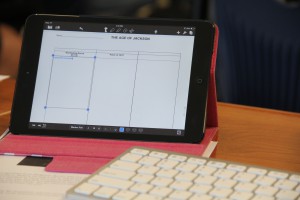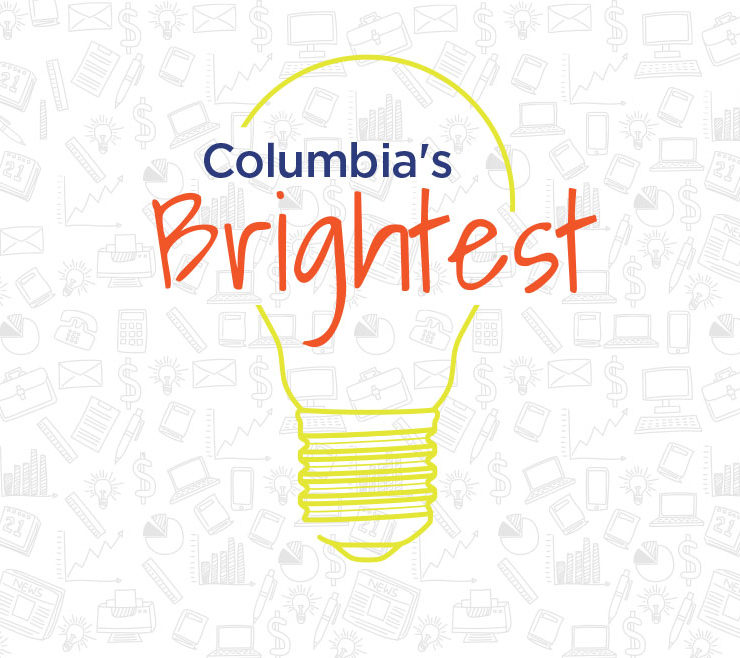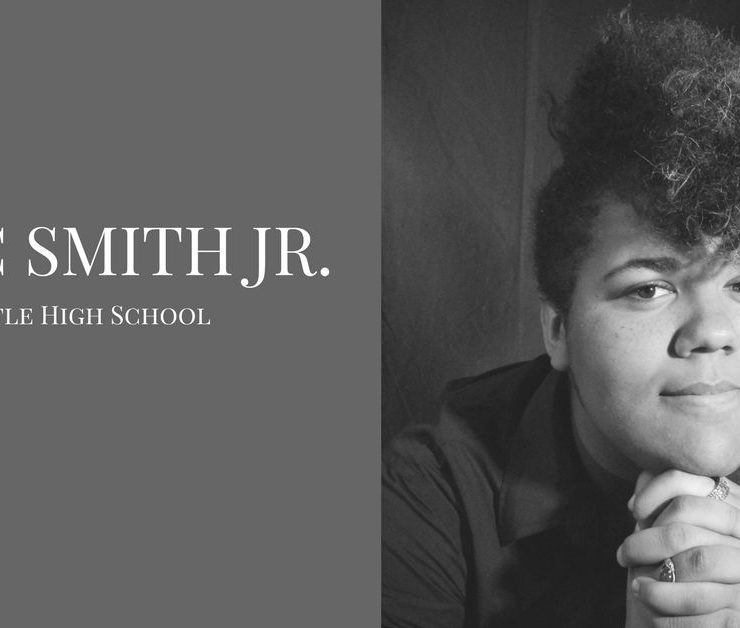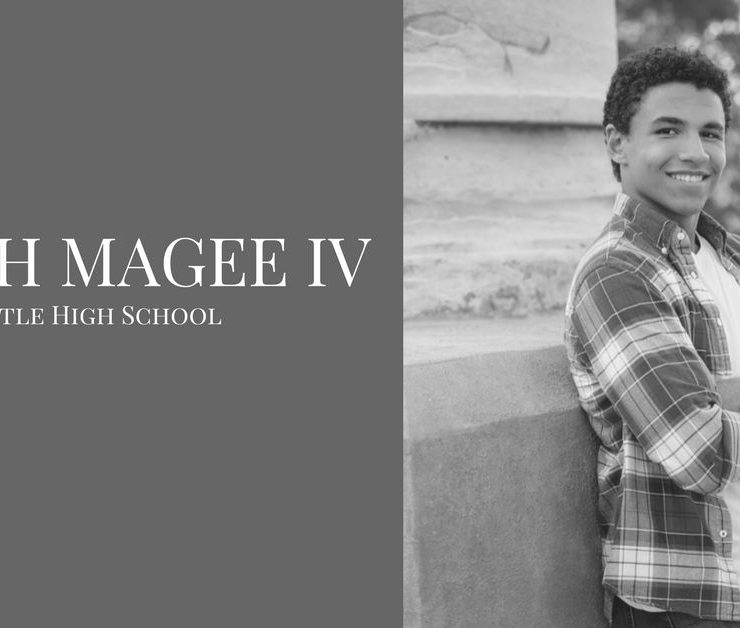Tablets change teaching at Battle High School
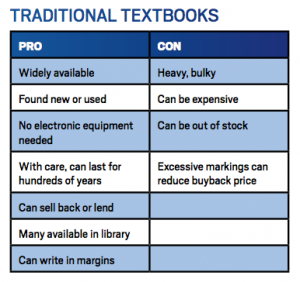 Picture an isolated Ethiopian village where the children have never seen a book, a road sign or a single printed word. One day several sealed boxes containing solar-powered tablets preloaded with educational apps, alphabet-training games, cartoons and other programs are dropped off at the village. The boxes are just left there; there are no instructions, no one in charge of them. What will the children do?
Picture an isolated Ethiopian village where the children have never seen a book, a road sign or a single printed word. One day several sealed boxes containing solar-powered tablets preloaded with educational apps, alphabet-training games, cartoons and other programs are dropped off at the village. The boxes are just left there; there are no instructions, no one in charge of them. What will the children do?
An experiment in early 2012 recorded the children’s reactions. According to researchers, within four minutes of the discovery of the boxes, one child not only opened the box but also found the on/off switch and powered up a tablet. Within five days, the village children were using 47 apps per child per day. Within two weeks, they were singing ABC songs, and within five months, they had figured out how to enable the previously disabled notebook cameras.
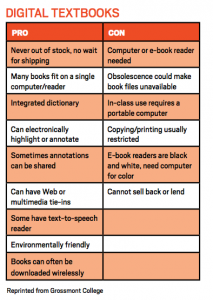 The organization One Laptop Per Child funded and organized the experiment. Prior to the boxes arriving, adults in the village were trained to recharge the tablets, and a technician came by weekly to remove the memory card so researchers could examine how the children were using the tablets. Although OLPC admits it’s still too early to draw concrete conclusions, should the Ethiopian village experiment prove successful, it could forever change the landscape of spreading literacy worldwide. The absence of schools, textbooks and instructors in remote areas of the world are among the greatest challenges to achieving literacy.
The organization One Laptop Per Child funded and organized the experiment. Prior to the boxes arriving, adults in the village were trained to recharge the tablets, and a technician came by weekly to remove the memory card so researchers could examine how the children were using the tablets. Although OLPC admits it’s still too early to draw concrete conclusions, should the Ethiopian village experiment prove successful, it could forever change the landscape of spreading literacy worldwide. The absence of schools, textbooks and instructors in remote areas of the world are among the greatest challenges to achieving literacy.
Here in Columbia, Battle High School is the site of another experiment: using iPads rather than textbooks for its 1,100 students, grades nine through 12.
“We are piloting this for the district and hope that we can be a catalyst in moving our student performance to the next level with technology,” says Dr. Kim Presko, Battle High School principal. The students have had their iPads less than a semester, but Presko, the faculty and students are optimistic they are here to stay.
Traditional textbook companies, such as Columbia’s MBS, have been ramping up their digital textbook division for some time, predicting and preparing for this shift to new learning technologies. Rob Reynolds, director of the MBS Digital Solutions Group, says, “We continue to expand our catalog of digital textbooks and other digital products aggressively.”
Yet, many bibliophiles totally reject the notion of reducing or eliminating books, and research has yet to provide long-term assessments of the pros and cons of traditional textbooks vs. digital ones. However, we can examine some issues surrounding the debate: convenience, cost and consequences.
Convenience
Invariably, the most cited reason for using digital textbooks loaded on tablets or iPads is capacity. A recent New York Times article stated: “a 4GB tablet filled with 3,500 e-books weighs about the same as a pad of paper. The same number of physical books would weigh about two tons.”
When thinking about supply chain — publishing, warehousing, transporting and distributing — the cost difference in supplying iPads as opposed to traditional textbooks is staggering. Most students complain that traditional textbooks are bulky and expensive. However for Battle High School freshman Dakota Fudge, 14, the convenience of the iPad lies in its ability to double as a word processer.
“I use the iPad to type up papers, but I don’t use the textbooks on there much,” Fudge says. “I like real textbooks best. I’m not a big tech person actually.”
For sophomore Lexi Zaner, 15, the most convenient aspect of the iPad is the ability to quickly communicate with her teachers. “I like the iPad,” she says. “It’s easier to share things with the teacher. The pictures in the textbooks are better on the iPad.”
Another convenience of digital textbooks loaded on iPads or tablets is they can be updated electronically, which eliminates the need to continually buy subsequent editions of the same textbook.
Although admittedly early in the process, Presko says she’s already seeing positive results from iPad use among students.
“The iPad can do so much, and as we continue to learn more about what different apps can do, we believe it will transform our students’ learning,” Presko says.
To accommodate schools moving toward a digital learning style, MBS offers complimentary services in addition to digital textbook sales. “Our digital platform provides all the popular features of traditional e-readers but also supports the integration of teacher resources and provides extensive analytics reporting, related to student engagement,” Reynolds says.
Cost
In addition to convenience, the reduced cost of digital books is a major consideration for cash-strapped school districts, colleges and universities. For Battle High School, savings in other areas offset the initial investment in iPads.
“We saved money on textbooks and library books as well as other instructional materials that our iPads have replaced; items such as bookshelves, digital cameras and video recorders were not needed with our iPads,” Presko says.
According to a 2012 report from the Federal Communications Commission, school districts spend more than $8 billion on textbooks annually. Digital textbooks are significantly cheaper and can cost as much as 50 to 60 percent less than traditional textbooks. Also, like most technology, prices drop considerably after the initial introduction of a product. The prices of tablets, e-readers and iPads continue to decrease, which makes them more affordable for school systems.
Other research rebuffs the claim that digital textbooks are cheaper. Reports from an education business website say current cost estimates don’t include Wi-Fi infrastructure and teacher training, both of which push the costs of implementing digital textbooks on iPads 522 percent higher than purchasing new print textbooks.
PrintManager.com reports that a school the size of Battle High School will use approximately 250,000 pieces of paper annually and spend between $3,000 to $4,000 per month on paper, ink and toner.
Also, there are potential costs to individual students who might lose or break their iPads. Although in-school technicians can perform simple fixes, major repairs are sent to area vendors.
“We manage some repairs in house through our technicians,” Presko says. “Devices covered under warranty are sent to the manufacturer. For damaged items we work with a few local vendors for repair, but we have not had many damaged iPads.”
Neither Fudge nor Zaner personally know anyone who has lost or broken their iPads; nor have they heard of any iPad thefts. However, some national statistics report a huge spike in robberies related to Internet-enabled handheld devices, including iPads and tablets. For example, in San Francisco, robberies of handheld devices made up 50 percent of all robberies committed. In New York, it was 40 percent.
Traditional textbook proponents also point out that that traditional textbooks are rarely stolen, don’t require expensive Internet service, can’t get hacked, don’t freeze up and don’t crash.
Consequences
By far, the biggest concern regarding iPad use in the classroom is the temptation to use the iPad to engage in nonschool activities. Although parent Lora Zaner generally has a positive impression about her daughter Lexi’s iPad use, she does have some concerns.
“I’m not sure when she’s studying and when she’s playing,” Lora Zaner says.
Lexi Zaner, who is in honors biology and college prep classes at Battle High School, admits the iPad can be “very tempting.”
Fudge, an honor student, agrees and says that others misbehaving on their iPads is a distraction in the classroom. “It’s distracting when the teacher has to stop class to get someone else to stop playing,” Fudge says.
Presko is aware of the temptations and distractions and says, “We continue to enforce and encourage appropriate use of the social media sites and other forms of communication the students are accessing.”
Opponents to iPads in the classroom cite distraction and multitasking as detrimental to the learning process. There are also consequences when Internet or Wi-Fi services are interrupted, which happened to the Zaner family recently. Their home Internet and phone service went down on a Friday and was not repaired until Monday, which left Lexi Zaner without access to programs not already installed on her iPad.
Digital vs. traditional
Both sides of the digital-vs.-traditional-textbook debate cite successes in engagement, learning and comprehension, but only long-term studies will give credence to these claims. Meanwhile the educational and business communities are watching to see where this new technology fits into modern education and their business plans.
Reynolds believes an integrated approach that uses and discovers the benefits and challenges of both types of textbooks is an appropriate approach.
“Going digital is much more than purchasing iPads or adopting digital textbooks,” he says. “While MBS provides extensive services and support for schools that want to make this transition, we also have partners who are taking a more cautious approach to their curriculum. Textbooks, specifically print textbooks, will continue to be an important part of the landscape, but they will definitely be joined by a growing array of new digital products.”



